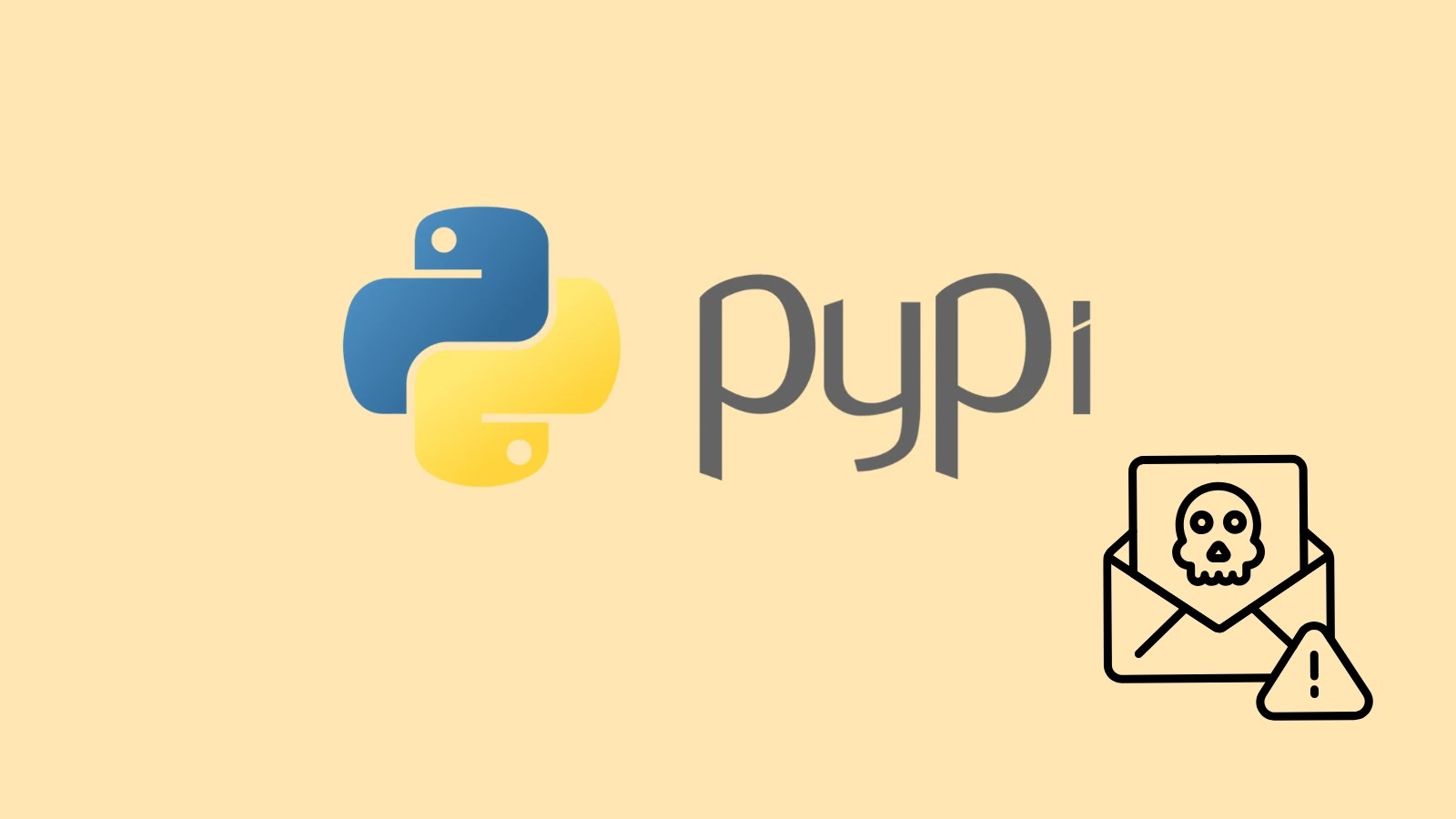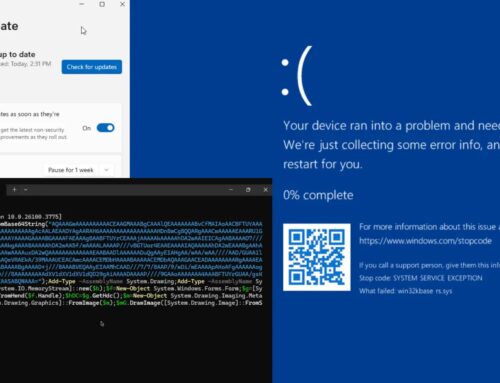
PyPI Warns of New Phishing Attack Targeting Developers With Fake PyPI Site
The Python Package Index (PyPI), the official third-party software repository for Python, has issued an urgent warning to developers. A sophisticated phishing campaign is actively targeting developers who publish packages, leveraging domain spoofing to steal credentials through a cunningly crafted fake PyPI site. This attack underscores a critical threat to the software supply chain, impacting the integrity of open-source projects and developer trust.
The Anatomy of the PyPI Phishing Attack
This credential harvesting campaign is meticulously designed to deceive. Attackers employ advanced domain spoofing techniques to create high-fidelity replicas of the official PyPI website. These fake sites are nearly indistinguishable from the legitimate platform, designed to trick developers into entering their login credentials. Once entered, these sensitive details are immediately exfiltrated by the threat actors. The primary targets are developers who have interacted with the actual PyPI repository, especially those who have published packages, suggesting a targeted approach based on public information about package maintainers.
Domain Spoofing: A Key Deception Tactic
Domain spoofing is central to this phishing scheme. It involves registering domain names that bear a close resemblance to legitimate ones, often by substituting characters (e.g., ‘pyp1.org’ instead of ‘pypi.org’), using different top-level domains (TLDs), or employing Unicode characters (homoglyphs) to visually mimic the authentic URL. Attackers then direct victims to these malicious domains through various phishing vectors, such as deceptive emails, compromised developer tools, or seemingly innocuous links embedded in other platforms. The success of this tactic hinges on a user’s momentary lapse in attention or a failure to meticulously inspect the URL.
Impact on the Software Supply Chain
The implications of this attack extend far beyond individual credential theft. Compromised PyPI developer accounts can lead to:
- Malicious Package Injection: Attackers could upload malicious versions of legitimate packages, poisoning the open-source ecosystem.
- Code Tampering: Existing packages could be modified to include backdoors, malware, or other vulnerabilities, affecting countless downstream projects that depend on them.
- Reputational Damage: The trustworthiness of PyPI and the open-source community could be severely eroded.
- Broader Supply Chain Attacks: A compromise at this level can ripple through the entire software supply chain, impacting enterprises and critical infrastructure that rely on Python applications.
This incident highlights the pervasive risk of supply chain attacks, where a compromise at one point can lead to widespread system vulnerabilities. Although a specific CVE has not been assigned for this phishing campaign itself, the broader category of supply chain attacks has seen numerous CVEs, such as the widely documented CVE-2021-44228 (Log4Shell), which showcased how vulnerabilities in widely used libraries can have monumental impact.
Remediation Actions and Proactive Defenses
Developers and organizations must implement robust security practices to mitigate the risks posed by such sophisticated phishing attempts:
- Verify URLs Rigorously: Always double-check the domain name in the address bar before entering any credentials. Look for ‘https://pypi.org’ and be wary of subtle misspellings or alternative TLDs.
- Enable Two-Factor Authentication (2FA): PyPI supports 2FA. Enabling it on your PyPI account adds a critical layer of security, as stolen passwords alone will not grant access. Even if credentials are compromised, 2FA can prevent unauthorized logins.
- Use Password Managers: Utilize reputable password managers that auto-fill credentials only on legitimate, verified websites. This feature significantly reduces the risk of entering credentials on spoofed sites.
- Monitor PyPI Account Activity: Regularly review your PyPI account for any suspicious uploads, modifications, or login attempts.
- Educate Developers: Conduct regular security awareness training emphasizing the dangers of phishing, particularly targeted attacks like this one. Emphasize the importance of vigilance when clicking links or entering credentials.
- Implement Browser Security Extensions: Deploy browser extensions that can help identify and warn users about known phishing sites or suspicious URLs.
- Report Suspicious Activity: If you encounter a suspicious email or a fake PyPI site, report it immediately to PyPI security and your organization’s security team.
Recommended Tools for Enhanced Security
| Tool Name | Purpose | Link |
|---|---|---|
| YubiKey / Google Authenticator | Hardware/Software 2FA for PyPI and other accounts | Yubico / Google Authenticator |
| LastPass / 1Password | Secure Password Management and Automatic URL Verification | LastPass / 1Password |
| URLScan.io | Website Scanner for Suspicious URLs and Phishing Analysis | URLScan.io |
| PhishTank | Community-driven Phishing URL Database | PhishTank |
Conclusion
The PyPI phishing alert serves as a stark reminder of the persistent and evolving threat landscape facing developers and the open-source community. Phishing attacks, especially those employing sophisticated domain spoofing, remain highly effective due to their reliance on human error. By embracing robust multi-factor authentication, employing vigilant URL verification, and fostering continuous security education, developers can significantly harden their defenses against such insidious attacks and protect the integrity of the software supply chain. Stay informed, stay secure, and always verify before you trust.





